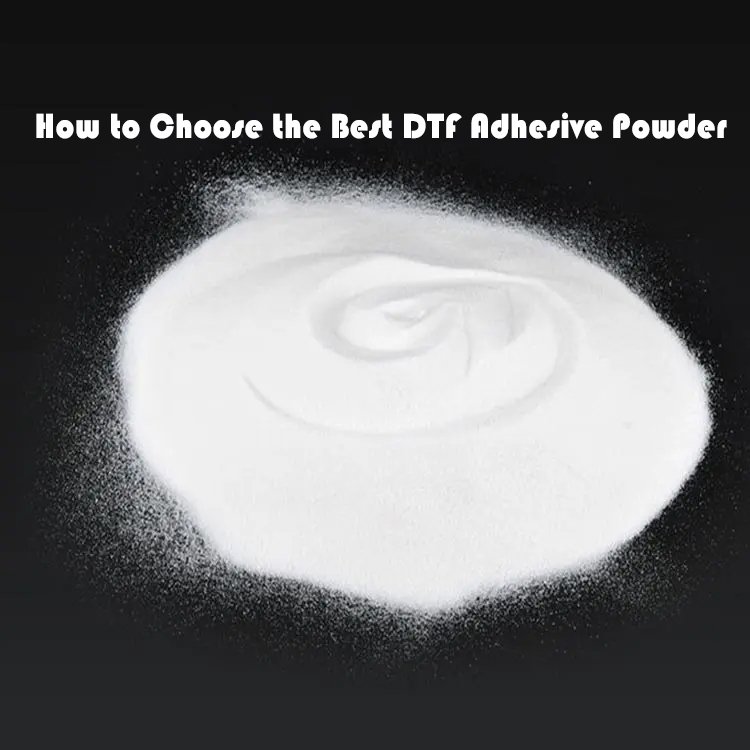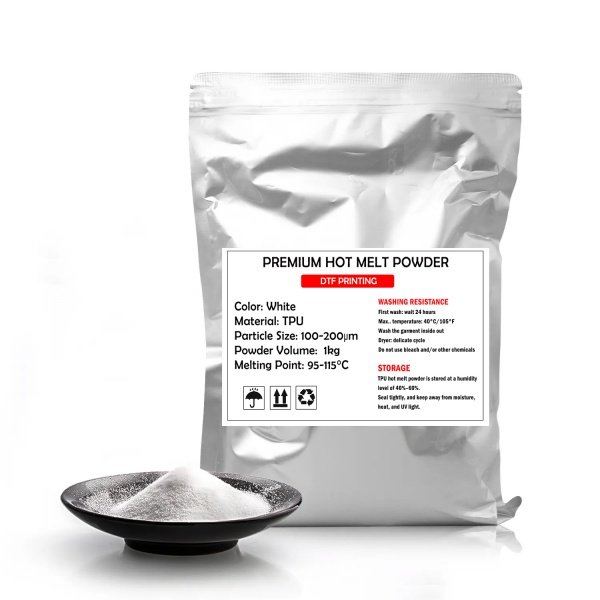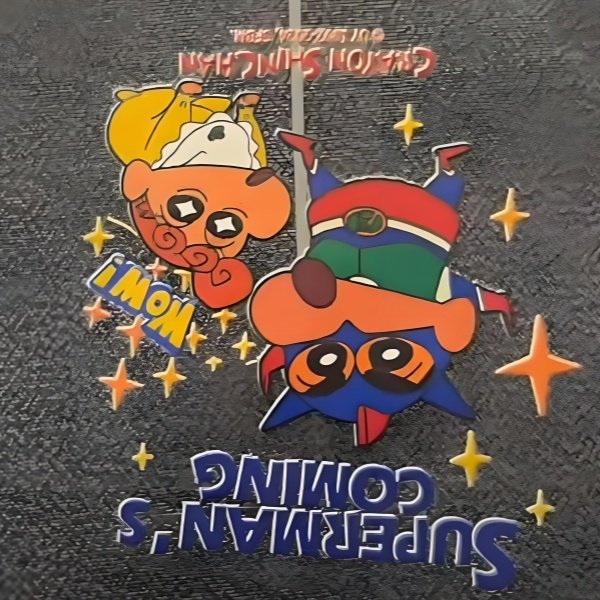How to Use DTF Transfer Film: Mastering the Future of Textile Printing
Meta Title: How to Use DTF Transfer Film: Step-by-Step Guide, Materials, and Expert Tips
Meta Description: Discover how to use DTF transfer film like a pro! Learn about DTF printing technology, required materials, and solutions to 10 common FAQs. Boost your textile workflow efficiency today.
1. What is DTF Printing?
DTF (Direct-to-Film) printing is a popular digital printing method for garment labels and logos. It needs to print designs with CMYK and white ink onto a specialized DTF PET film, then spray the powder on the white ink, and finally transfer the designs to fabrics using a heat press machine. Unlike traditional screen printing or DTG (Direct-to-Garment), DTF allows:
- Less Fabric Limitations: DTF can be used on a wider range of fabrics, including cotton, polyester, nylon, and blends, unlike DTG, which works best on high-cotton content fabrics.
- Vibrant Colors: DTF prints offer vibrant colors and excellent durability, withstanding multiple washes without significant fading or cracking
- No Pre-Treatment Required: Unlike DTG, DTF does not need pre-treatment of the fabric, which saves time and effort.
- Cost-Effective for Small Runs: DTF is more economical for smaller production runs compared to screen printing, which has higher setup costs due to stencils and screens.
- Fine Details and Complex Designs: It excels in handling intricate artwork, gradients, and photorealistic images without the limitations of screen printing.
2. What Materials need for DTF Transfer
2.1 Core Equipment
- DTF Digital Printer: The primary function of a DTF (Direct to Film) digital printer is to apply high-quality ink and print intricate patterns onto transfer films. This state-of-the-art printing technology is essential for custom textile printing, allowing businesses to create vibrant designs on various materials. Many DTF printers are equipped with a user-friendly app that enables users to easily adjust printing settings, such as color profiles, resolution, and design placement. This feature enhances the overall printing process, making it more efficient and accessible for both small businesses and individual creators. Here are some suggestions for choosing a good DTF textile printer.
| Brand | Epson, Roland, Brother, Mimaki, and some OEM brand, most are produced in China |
| Printing Width | 30cm, 33cm, 40cm, 42cm, 45cm, 60cm, 75cm, 50cm, 80cm, 120cm and so on |
| Printheads | Some suppliers prefer to sell printheads separately, so be sure to inquire whether the printer comes equipped with the printheads. Commonly used printhead models include the Epson I3200 and XP600. We recommend 4 printheads for one printer. |
- DTF Powder Shaker: DTF shaker powder, also known as DTF adhesive powder or DTF transfer powder, is an essential material used in the direct-to-film printing process. This powder is crucial for creating high-quality, durable prints on various textiles.
- Heat Press Machine: Heat press machine is a specialized device designed to apply heat and pressure to transfer designs onto fabrics or other materials.
2.2 Consumables
- DTF Film Rolls/Sheets:
- Single Matte vs. Double Matte: You can choose what you need.
- Hot Peel vs. Cold Peel: For those who need to complete printing jobs quickly, the instant tear method is an ideal choice. On the other hand, customers who require more vibrant colors can opt for the cold tear method.
- Sizes: Sheet size for home desk printers, rolls for bigger printers.
- DTF Inks: Pigment-based inks with 20–30% elongation for stretch fabrics. CMYK + white color.
- Hot Melt Powder: Hot melt powder is a thermoplastic adhesive that is initially applied in a solid form and then melted using heat. It is applied on the white ink and acts as an adhesive for DTF printing. White powder is for most fabrics, while black powder is for sublimation fabrics. We recommend high-temperature melting adhesive powder.
3. How To Do DTF Printing: Step-by-Step Guide
Mastering the pre-press workflow is critical for achieving professional-grade direct-to-film printing results. This comprehensive guide covers environmental controls, ink optimization, and equipment calibration techniques.
3.1 Pre-Production Checklist
Implement these preparatory steps to establish an ideal printing environment:
3.1 Pre-Production Checklist
Implement these preparatory steps to establish an ideal printing environment:
3.1.1 Printhead Installation
- Install 2-5 industrial-grade piezoelectric printheads (recommended for high-volume production)
- Perform nozzle alignment test using printer calibration software
3.1.2 Advanced Ink Management System
- Load DTF-specific pigment inks in CMYK+White configuration
- Prime white ink circulation system to prevent sedimentation
- Implement ink viscosity monitoring (target range: 12-15 cP at 25°C)
3.1.3 Environmental Controls
| Parameter | Optimal Range | Corrective Actions |
| Temperature | 25-30°C | Install HVAC system with ±1°C accuracy |
| Relative Humidity | 40-55% RH | Use dehumidifier when >65% RH Activate anti-static humidifiers when <38% RH |
Pro Tip: Maintain 24-hour environmental stability before critical print jobs
3.2 DTF Printer Configuration Protocol
3.2.1 Ink Density Optimization
- White Ink Settings
Dual-printhead systems: 40-50% flow rate
Quad-printhead systems: 75-100% flow rate
Conduct opacity tests using grayscale calibration charts
SC DIGITAL DTF INK can provide vivid color.
- Color Ink Parameters
CMYK channels: 30-45% (dual-head)
70-80% (quad-head)
Implement dot gain compensation for dark fabrics
3.2.2 Color Profile Engineering
Create custom ICC profiles for deep purple spectrum (dE < 2.0)
Enable 16-bit color depth processing in RIP software
Reference Pantone Matching System for critical brand colors
3.2.3 Precision Print Modes
- Resolution: 1440×720 dpi (minimum)
2880×1440 dpi recommended for photorealistic prints - Speed-Pressure Balance: Choose the right passes according to your project
3.3 Powder Shaker System Optimization
Parameter Matrix for Hot Adhesive Powder Application
| Component | Setting Range | Initial Test Value |
| Powder Density | 0-9 levels | Level 4-5 |
| Vibration Frequency | 0-9 levels | Level 3-6 |
| Top Dryer Heating Setting | 115-135°C | 120°C ±5°C |
Critical Note: Conduct melt index testing for polymer powders every 500 cycles
3.4 Mastering the DTF Printing Process: A Step-by-Step Workflow Guide
Follow this professional DTF (Direct-to-Film) transfer protocol to achieve vibrant, long-lasting textile prints. Learn industry-approved techniques for optimal adhesion and color fidelity.
3.4.1: Printing The Design on DTF Printing Film
- Mirror Image Printing on DTF Transfer Film
- Print Sequence: Apply CMYK inks using high-precision piezo printheads first, then deposit opaque white ink layer (minimum 80% coverage for dark fabrics)
- Post-Print Observation: Expect semi-wet appearance – indicates proper ink saturation
3.4.2: Ink Curing & Drying: Curing The Ink To Apply For The Powder
- Guide Plate Thermal Management
Activate the heated drying platform when ambient RH >50%
- Optimal Settings:
Guide Plate Temperature: 55-70°C (131-158°F)
Duration: 90-120 seconds
Airflow: 2-3 m/s cross-ventilation
Pro Tip: Use infrared moisture sensors to verify <8% residual wetness before powder application
3.4.3: Powder Application & Curing: Shaking The Adhesive Powder On The White Ink
- Machine Method (Recommended):
Set automatic shaker to Grade 4-5 density
Uniform coverage: 80-120g/m²
Vibratory frequency: 50-60Hz
Top Dryer Temperature: 115-135°C
- Manual Alternative:
Spray the powder by hand, and cure it by dryer or oven at 125°C (257°F) for 45-60 seconds.
Please make sure there is no excess powder on the film in this process
Confirm complete powder melting via gloss-level inspection
3.4.4: Heat Transfer Pressing: Transfer The DTF Prints From Film To Clothing
- Industrial-Grade Transfer Parameters
| Material Type | Temperature Range | Pressure | Duration |
| Cotton | 150-165°C | 0.4-0.5MPa | 10-13s |
| Polyester | 150-155°C | 0.3-0.4MPa | 8-10s |
| Blends | 150-160°C | 0.3-0.5MPa | 10-15s |
Multi-Press Technique:
Double-press can get a longer durability
Cooling interval: 15-20 seconds between presses
3.4.5: Peeling The PET Film
Cold Peel (Standard):
Peel the PET film cold, you may need to wait 20-35 seconds
Hot Peel (Premium Films):
Peel the PET film at hot, you may need to wait 10-15 seconds
Instant Peel (Specialty Films):
Peel immediately after heat pressing
3.5 Post-Process Best Practices
3.5.1. Equipment Maintenance
- Daily:
Perform a 3-stage nozzle purge cycle (5min/head)
Vacuum-seal unused films with desiccant packs
- Weekly:
Deep-clean powder residues with 75% isopropyl alcohol
3.5.2. Fabric Aftercare Protocol
Washing it after 12 hours
Initial wash: 30°C max, gentle cycle
Detergent: pH-neutral (6.5-7.5) formulations
Avoid: Chlorine bleach, enzymatic cleaners
4. 10 Critical DTF Printing FAQs
1. Hot Peel vs. Cold Peel: Which is Better?
Hot peel is faster but dull in color. Cold peel is slower but better for vivid color and durability.
2. Can DTF Transfers Crack After Washing?
It may crack after 25 washing times.
3. What Fabrics Are Incompatible with DTF?
Avoid silicone-coated textiles, waterproof nylon, sublimation fabric, coarse-grained fabric, silk.
4. How to Store DTF Film Long-Term?
Seal package at 26°C and 45% Humidity (extends shelf life to 12 months).
5. Is a White Ink Layer Necessary for Light Fabrics?
Yes, white ink is needed for light and dark fabrics.
6. Can Home Printers Handle DTF?
Only modified EcoTank models (e.g., Epson L18050) with firmware overrides.
7. How to Reduce Ink Consumption?
- Use RIP software for ink optimization (e.g., Ergosoft).
- Set color layers to 720 dpi.
8. What’s the Ideal Adhesive Powder Particle Size?
100-200μm for balanced adhesion and minimal texture.
9. Are DTF Transfers Cost-Effective vs. Screen Printing?
Yes—DTF costs 0.30/print vs. screenprinting’s 0.33/print vs. screenprinting’s 0.67/print (2024 Apparel Decoration Report).
5. Future Trends in DTF Technology
- Adhesive: Glue ink will be used instead of powder.
- More environmentally friendly: Completely ecologically friendly raw materials are used, and a waste film recycling industry emerges.


